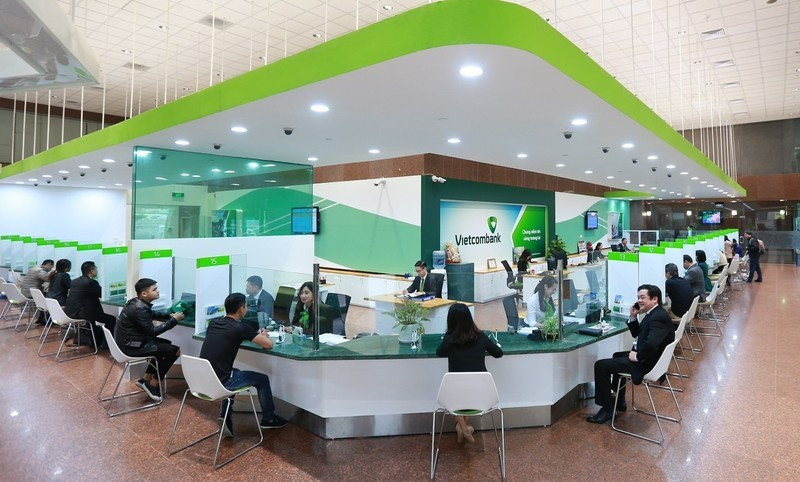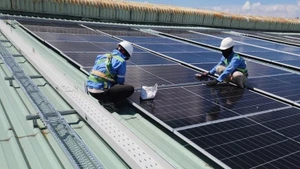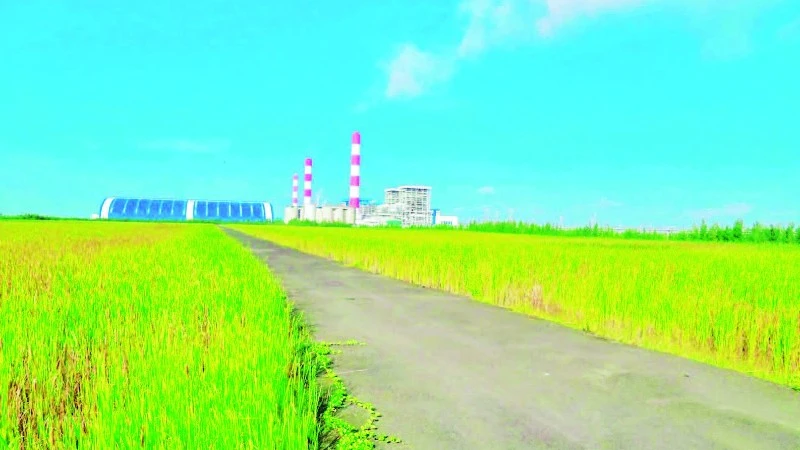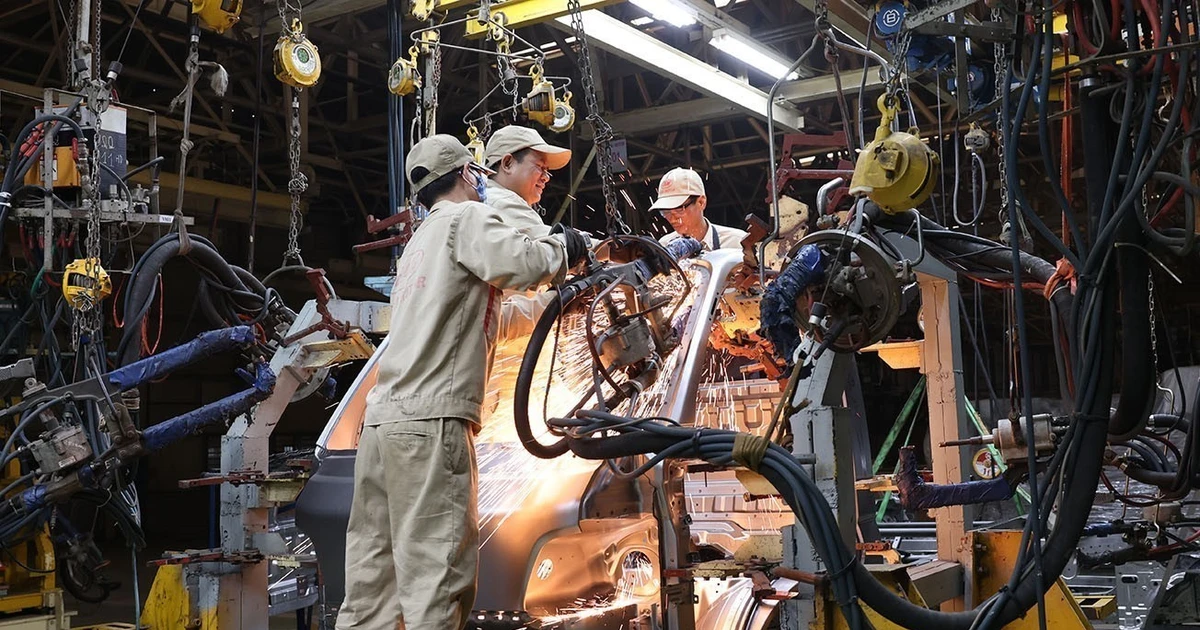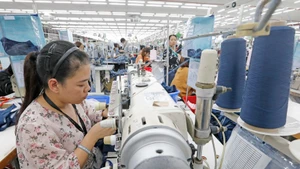The growth rate of 2.43% is lower than the average growth rate of about 3.17% for the whole country. This is a contrasting development compared to previous years, although reflecting the similarity with the economic picture. This result brings many worries when Ho Chi Minh City plays the role of an economic locomotive, an important economic growth pole for the region, as well as the whole country.
Leaders of the SBV - Ho Chi Minh City Branch identified that economic growth, production and business activities of enterprises, and difficulties in markets as the main factors affecting credit growth in the first five months of the year in the city, placed in the bank-customer relationship and the economy.
Which, credit and economic growth are the most important factors that interact in the first five months and forecast in the coming time.
In the context of general economic difficulties, Ho Chi Minh City is facing challenges in terms of a lack of orders, reduced import and export activities, moderate production enterprises, and labour reduction.
Meanwhile, the real estate business is an important industry of the city, but many projects are slow to implement, causing spillover effects to related industries; disbursement of public investment is still lower than the national average, affecting the economy's demand and indirectly affecting credit demand.
From the beginning of 2023, the State Bank of Vietnam has continuously issued a system of mechanisms and policies to support the release of credit capital for businesses with three consecutive reductions in the operating interest rate, helping to reduce the interest rate in the economy.
Previously, on April 23, the State Bank of Vietnam issued Circular 02/2023/TT-NHNN and Circular 03/2023/TT-NHNN, to continue to remove difficulties in capital for businesses and people, reduce debt repayment pressure and bad debts, and continue to have access to new loans.
One of the bright spots of Ho Chi Minh City is the proactive implementation of the Bank-Businesses Connection Programme. In 2023, the programme has 20 banking brands registered for a credit support package of more than 453 trillion VND for businesses with reasonable interest rates. The programme has so far disbursed 117 trillion VND to 31,492 customers (equivalent to 25.8% of credit packages registered by banks in 2023).
However, in general, the opening of capital flows for businesses in the city has not met expectations. Enterprises have complained that the lending interest rate, although cooled down, is still at a high level; the preferential credit package with a 2% interest rate according to Decree No.31 of the Government, is still far from the reach of businesses due to strict conditions.
The economy of Ho Chi Minh City recently had a positive signal when the City Statistics Department made a forecast, the GRDP growth rate in the second quarter of 2023 is estimated to increase by 5.87% over the same period. This is an important factor that directly affects and is a favourable condition for credit expansion and growth in the city.
According to the forecast of the SBV - Ho Chi Minh City Branch, credit activities are likely to recover more strongly in the last six months of the year when economic growth has shown signs of recovery.
To open up credit capital, the SBV sent a message that it is still trying to cool down the actual interest rate in the market to support businesses.
Many commercial banks also pledged to continue reducing lending rates. The important thing now is to improve the capital absorption capacity of the economy, so that the reduction in lending interest rates can be effective.
Therefore, it is necessary to have a synchronous and flexible solution between monetary and fiscal policies, as well as other support policies, to ensure both effective support for businesses and the achievement of macroeconomic stability, keeping inflation under control, while stimulating and promoting credit growth and economic growth.
